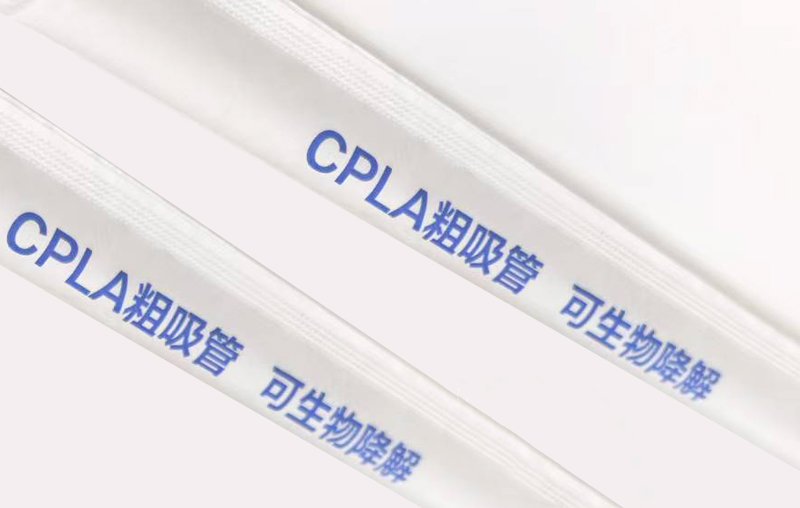Since 2021, many cities have restricted the use of traditional plastic straws. When drinking bubble tea, you may notice that most straw packaging now indicates they are made from PLA—a biodegradable alternative to traditional PP and PE plastic straws. Compared to paper straws, which tend to soften and lose strength in hot or cold drinks, PLA (polylactic acid) straws are more durable and have become increasingly popular.

So, how can you distinguish between PLA and PP straws?
1. Appearance and Texture
PLA straws are typically milky white with slight translucency, while PP straws are usually clearer. To the touch, PLA straws feel smooth and slightly rigid; PP straws are softer and more flexible.
2. Material and Density
The materials differ, so you can test them in water: PP has a lower density than water and floats, while PLA is denser and sinks.
You can also identify them by burning: PLA is plant-based, burns with a small flame, and becomes brittle afterward. PP is petroleum-based, burns with a larger flame and black smoke, and melts into a sticky blob—like most traditional plastics.
3. Packaging Labels
PLA straw packaging typically includes terms like “biodegradable,” “bio-based,” or “PLA.” PP straws are usually labeled “PP” or display recycling code number 5.

Our company offers PLA straws for use in restaurants, hotels, and other foodservice channels. Inquiries are welcome!